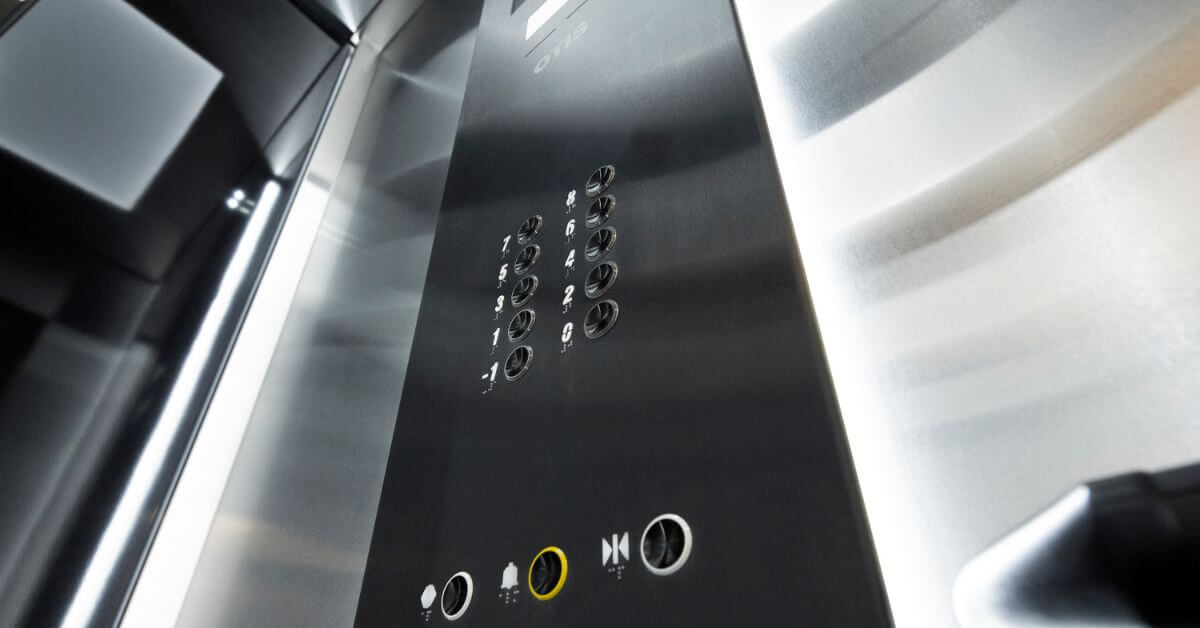Top Lift Companies in London: Offering Quality Installations and Maintenance
Top Lift Companies in London: Offering Quality Installations and Maintenance
Blog Article
Looking Into the World of Elevators: Usual Problems Dealt With by Various Lift Devices
As we browse through the vertical transportation systems of contemporary structures, elevators stand out as a crucial element of our day-to-day lives. From hydraulic elevators to traction systems and machine-room-less styles, each lift type comes with its collection of usual problems.
Hydraulic Lifts
Hydraulic lifts, usually preferred for low-rise structures, make use of fluid pressure to manage the activity of the elevator cars and truck (lift repair companies). This mechanism includes a hydraulic pump pushing oil right into a cylinder, triggering the lift to relocate the preferred instructions. While hydraulic lifts are known for their smooth and silent operation, they do feature their very own set of typical concerns
One prevalent problem with hydraulic elevators is oil leakage. Furthermore, issues with the control system, such as faulty valves or a malfunctioning pump, can cause disturbances in the elevator's movement.
Routine upkeep and prompt repair services are necessary to ensure the smooth functioning of hydraulic elevators. By dealing with these usual problems proactively, structure owners can minimize downtime and make sure the security and effectiveness of their upright transport system.
Grip Elevators
When taking into consideration upright transportation systems in buildings, another usual kind apart from hydraulic lifts is the traction elevator. Grip elevators run utilizing a system of ropes and weights that move the lift car by gripping onto the hoist ropes. This device enables smoother and faster upright transportation compared to hydraulic systems.
One of the usual problems dealt with by grip elevators is rope wear. The consistent activity of the ropes within the traction system can bring about tear and wear gradually, potentially creating the lift to malfunction or end up being unsafe for use. Regular examinations and maintenance of the ropes are essential to make certain the lift's correct performance and safety and security.
Another problem that grip lifts might encounter is associated with the control system. Troubles with the control system can bring about issues such as erratic activity, delays in action times, or perhaps complete shutdowns. Normal screening and upkeep of the control system are vital to avoid such problems and ensure the lift's dependability.
Machine-Room-Less (MRL) Lifts

One of the essential components of MRL elevators is the small gearless grip equipment that is mounted within the hoistway. This maker successfully drives the lift car without the need for large devices found in conventional traction elevators. Additionally, MRL lifts commonly use a weight system to stabilize the vehicle, more improving their energy effectiveness.
Despite their advantages, MRL elevators might deal with obstacles connected to repair and maintenance because of the restricted area for equipment installment. Access for servicing components within the shaft can be restricted, needing specialized training for technicians. Correct upkeep timetables and regular evaluations are critical to make certain the ongoing smooth operation of MRL elevators.
Overloading and Weight Limit Issues
Overwhelming and weight restriction concerns are critical issues in elevator operations. Lift suppliers layout raises with details weight capacities to guarantee guest security and equipment longevity.
When elevators are strained, it puts excessive strain on the electric motor, cables, and other parts, possibly causing malfunctions or breakdowns. Safety and security devices such as sensing units and overload sensors remain in area to avoid elevators from moving if they spot excess weight. In addition, surpassing weight restrictions can result in increased power usage and deterioration on the elevator system.
To mitigate overloading issues, constructing managers should prominently show weight limitations in elevators and inform occupants on the importance of sticking to these constraints - lift repair companies. Normal upkeep disabled platform lifts prices uk checks by certified professionals can additionally help make certain that lifts are running within safe weight specifications. By resolving overloading and weight limit issues proactively, structure owners can enhance lift security and efficiency
Electrical System Failures
Going beyond weight restrictions in elevators can not just lead to mechanical issues yet also possibly contribute to electric system failings within the lift facilities. Electric system failings are an important problem in elevator procedure, as they can cause unanticipated closures, breakdowns, we maintain lifts or also safety and security dangers.
Moreover, power rises or changes in the electric supply can additionally interfere with the elevator's operation, affecting its efficiency and safety. These electrical disruptions can harm delicate lift components such as control board, circuit boards, or sensors, resulting in system failings. Routine maintenance and examinations are vital to determine and deal with possible electrical issues without delay, making sure the risk-free and reliable operation of lift systems. By adhering to weight limitations and performing routine electric system checks, structure owners can mitigate the danger of electrical failings in lifts.
Verdict

Hydraulic lifts, typically preferred for low-rise buildings, use fluid pressure to regulate the activity of the elevator automobile.When considering upright transportation systems in buildings, an additional usual type aside from hydraulic lifts is the grip lift. Grip elevators operate using a system of ropes and counterweights that move the lift automobile by clutching onto the hoist ropes. Unlike standard elevators that call for a separate equipment area to house the equipment, MRL lifts integrate most of the elements within the shaft, eliminating the demand for a dedicated equipment space.In final thought, lifts deal with typical issues such as hydraulic malfunctions, grip system failings, and electric system issues.
Report this page